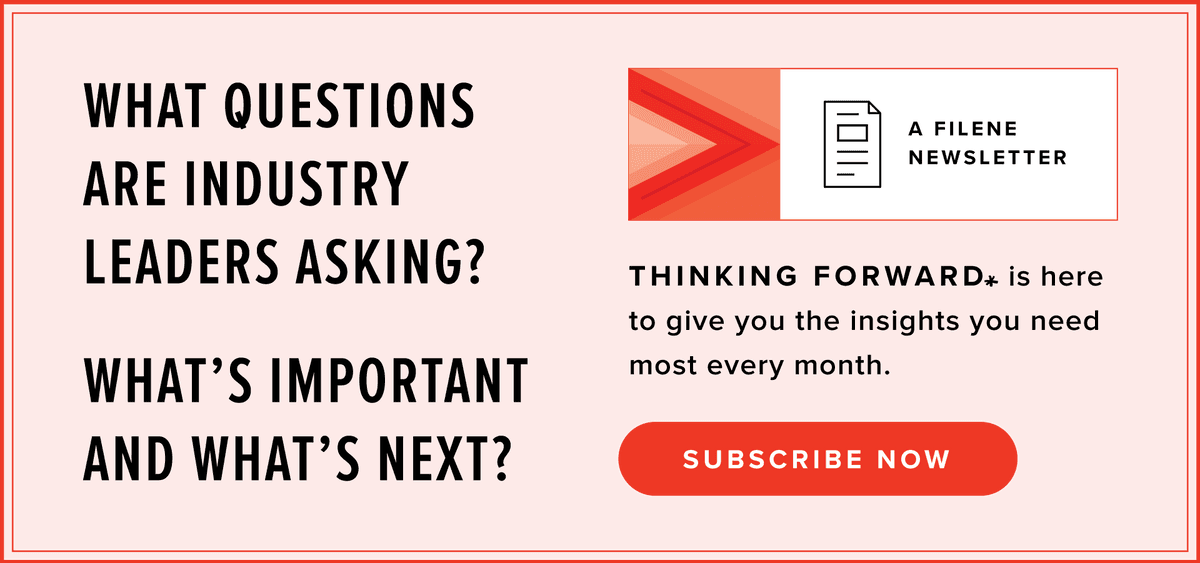Let me ask you a very simple question.
What is a credit union?
If you are reading this article, you likely have a straightforward answer. It’s probably something along the lines of “member-owned not-for-profit financial cooperative.”
Unfortunately, not many credit union members or consumers in general know that.
In 2019, Filene conducted a study “Who Do Credit Unions Belong To?”1 In that study, we discovered that only about 40% of Americans could connect credit unions with being “nonprofit, member-owned financial institution similar to a bank”.
In the same study, we reviewed the websites of 378 credit unions in seven states, credit unions ranging from under $100 million to over $3 billion. We found that 83% of them were effectively indistinguishable from any other financial institution. Same look, same feel, same products, same structure.
In other words, most Americans do not know that a credit union is different from a bank, and we are not showing them otherwise.
As credit unions have grown, some have abandoned their single-sponsor heritage to embrace a wider community. Credit unions have offered more convenient locations and services, more products, all in the name of serving their members. Those are great choices, but somewhere in the rush for growth and scale, there is a danger of losing one’s value proposition.
Credit unions must remind themselves who they are. They must remind their members who they are. They must remind their communities who they are.
Here are four ideas on ways to do just that:
- Revisit your mission. Recently, I heard a credit union leader define a credit union’s purpose as “buying and selling money.” I am a former credit union CFO; I know how credit unions make the numbers work. But I would encourage credit unions to reframe this, both internally and externally. Go into business with the members’ financial well-being in mind. Buying and selling money is something you do in service of helping your members prosper, not the other way around.
- Quantify your community impact. Credit unions pride themselves on the good they do for their members, but how much of that is quantified? Take the time to figure out how much money you have saved your members from better rates and lower fees; that’s economic impact in your community!
In my former life as an SVP of Marketing and Member Experience at a billion-dollar CU, we used our data warehouse to compare our rates and fees on every member account with the rates and fees of our big bank competition. Then we added them up—we saved our members $8 million in rates and fees! You can bet we told everybody.
- Freshen up your website. Put your values and your community front and center. Show that you aren’t a generic financial institution: you’re unique and different.
A credit union who does this exceedingly well is Point West Credit Union in Oregon. Front and center on their homepage: “For more than 90 years, we have striven to bring financial inclusion and empowerment to the Portland metro area. We’re proud to be a not-for-profit, member-owned financial institution working to lift up the underserved, including immigrants, communities of color, and small businesses.” Their imagery and product menu support that message, leaving no doubt as to who they are and what they do.
- Share your story. Show your community leaders the positive impact you make—and encourage your members to share their stories too! Highlight members who have saved money by refinancing with you, members who finally got the home of their dreams, or members who could finally make their side hustle their main hustle.
Credit unions do so much good, but it’s important to remind members and communities of who you are.
— CV
Endnotes
1 Aka “To Whom Do Credit Unions Belong?” Report 470.













